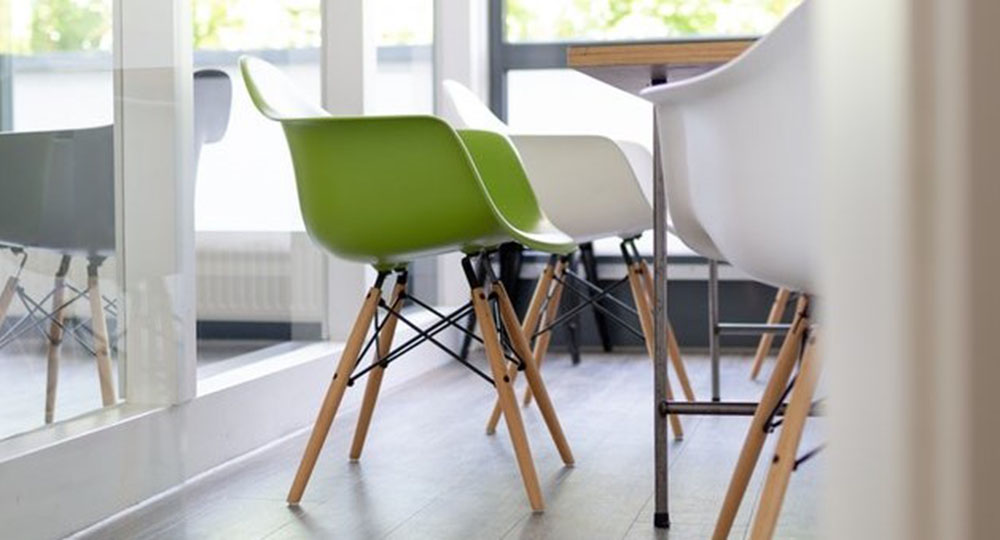
In a perfect world, meetings are the arena for problem-solving, collaboration, and innovation. Unfortunately, most of the time people walk away feeling that time was wasted and the mark missed. In fact, meetings have been shown to create an emotional tax that can drive long “meeting recovery” time blocks where people are less effective after a meeting ends. (You can read more on this at The Visualist.)
Luckily, meeting culture is evolving to focus more on efficiency and value over just meeting for meeting’s sake. As with most paradigm shifts, this evolution does not come without a few pain points and bumps along the road. Below are common issues that arise when companies begin to address the need to update their meeting culture.
Preferred Style of Meeting
General meeting style differences can be drawn along generational lines – for the most part. It’s typical to find younger generations enter the workforce comfortable with a more organic, spontaneous style of meeting. These meetings center around open discussion and content sharing – a much more democratized approach than prior generations’ more serialized, presentation-style meetings. With four generations in the workforce currently, it’s no wonder there is some tension when it comes to how colleagues prefer to meet and collaborate.
To reduce possible friction among meeting-style preferences, we suggest ensuring content is at the center of the conversation to better achieve a singular, shared focus. Visuals have an incredible ability to communicate with more depth than words – and much more efficiently. They also help keep the conversation focused on the end goal preventing the frustration of a sidebar comment taking over the entire meeting.
Meeting Duration
In the past, the hour-long meeting was considered the cornerstone to keeping American businesses humming along. Innovation and productivity were thought to be born in conference rooms. This belief has become so ingrained in our business culture that most meetings last up to 4X longer than is necessary.
In fact, the modern worker wastes an average of 31 hours per month on unnecessary meetings. That’s around $37 billion in annual salary cost spent on people sitting in meeting spaces being bored, daydreaming, or multitasking. Read more about the scourge of the hour-long meeting.
The most productive meetings last between 15 to 30 minutes. Meet for longer than 30 minutes, and you run the risk of the group losing focus. Don’t think you can achieve all your needed objectives in a 15- or 30-minute meeting? We dare you to give it a try. You just need to be incredibly focused on the intent of the meeting and keep everyone accountable.
Device Usage
BYOD (Bring Your Own Device) is revolutionizing the meeting space. Content sharing through digital devices makes turning one-to-many presentation style meetings into collaboration sessions easier than ever.
We recommend outfitting every meeting space including conference rooms, huddle spaces and even transitional spaces with displays that can be connected to easily by any device type including laptops, tablets, and phones.
Wireless collaboration solutions, including Mersive Solstice, make creating an openly collaborative environment incredibly easy and affordable. Having easy access to collaborative tools will aid in driving a meeting culture that emphasizes substance over tradition.
About Mersive
Mersive’s Solstice wireless collaboration solution boosts productivity by putting content at the center of the meeting experience. Participants are more engaged because Solstice’s intuitive, software-based interface makes it easy for any number of users to share content from any device. Moreover, corporations and universities can securely deploy the solution across locations and centrally manage them from a single console.